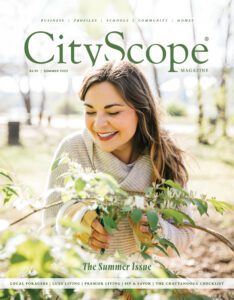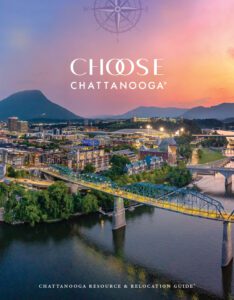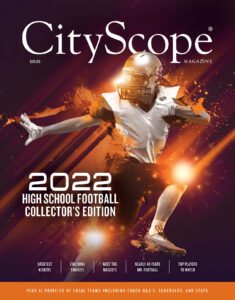We must be responsive to millennials, who are now the largest generational segment of the U.S. population. For the Tennessee Aquarium, this is more of an opportunity than a challenge because we have a great story to tell. We are located in the equivalent of an underwater rainforest that is rich in biodiversity, and we are here to make a difference in this precious environment. We know that millennials are more likely to engage with an organization that demonstrates a commitment to its mission, so a primary objective is to enhance the Aquarium’s reputation as the authority for freshwater animals. The changing media landscape, 24-hour news cycle, and social media interaction demand that we produce much more content. With our attractions, that’s fun work, but it’s also very time consuming to do. Personalization and customization of content, along with customer engagement, are priorities for all marketers. Our digital advertising campaigns are highly targeted and the creative is dynamic so that we can appeal to individual interests. We know that what people say about us is much more important than what we say about ourselves, so I probably spend at least half my time working cross-functionally with other departments to enhance the visitor experience. We carefully track satisfaction ratings and reviews on sites like Trip Advisor. For a number of years we have been the highest rated aquarium in the country for visitor satisfaction, and that’s a key differentiator that we can’t take for granted.

Looking for the Latest CityScope Annual Business Issue?
The Annual Business Issues can now be found with the rest of your favorite CityScope content!




